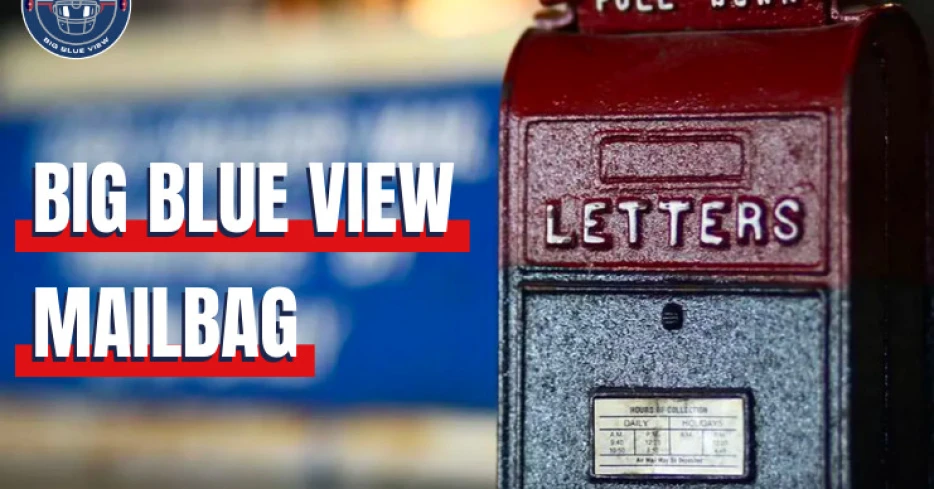
 Big Blue View
Big Blue View
The mail’s here!
Rob Stolzer asks: My head spins with all of the QB draft chatter. Most of what I read is about physical traits, though a good amount of conversation covers processing. That’s really my question: which draft-eligible college QB is the best processor on the field? Is there a way that draftniks quantify this? I look at Brock Purdy. Clearly not the most physically-gifted QB, but the man knows how to read the field. And everyone except SF passed on him. How do scouts and coaches measure what’s between the ears for these guys?
Ed says: Rob, this one feels like a good question BBV draft analyst Chris Pflum to tackle. So, I asked him to do just that.
Chris says: Hey Rob!
The answer is a bit different for someone like me and someone inside the NFL. Those of us on the outside need to define the negative space, as it were, through tape study.
We can watch plays multiple times to get an idea of what the play call is on the offensive and defensive sides of the ball, what the other 21 players’ jobs are, and then use that to inform on the QB’s decision making process.
(If we’re lucky, we can track down a playbook that can give insight into how a play in question is designed and taught.)
You can figure out a fair amount by looking at a prospect’s body language as he executes the play. Watching their helmet lets you know how (or if) they’re going through their progressions and whether they’re using eye discipline to manipulate the defense. Hesitation can tell you how comfortable they are with committing or if they can throw with anticipation. Over time you can get a pretty good idea of how a quarterback processes within the context of the games you watch. Of course, that comes with limitation of only seeing the prospect within their team’s offense.
And one thing to keep in mind is that an offense is designed for the whole team and a roster that is refreshed every couple years — not just for a single quarterback. It’s also important to remember that a college coach’s job isn’t to develop a player for the NFL, it’s to win games for his school. So it’s always possible that what a player was asked to do within the college system isn’t everything they’re capable of doing.
Scouts and coaches in the NFL do everything we do on the outside, but also have direct access to the prospect. They can watch tape with them and find out exactly what they’re thinking in the moment. They can put the prospect on the board, teach them a play, and see how they recall it later. Or they can have the prospect teach them a play and get an idea for what they like and how their mind works.
*Greg Hart asks: I was reading the Draft Five Rules. I (begrudgingly) agree with you on running backs....